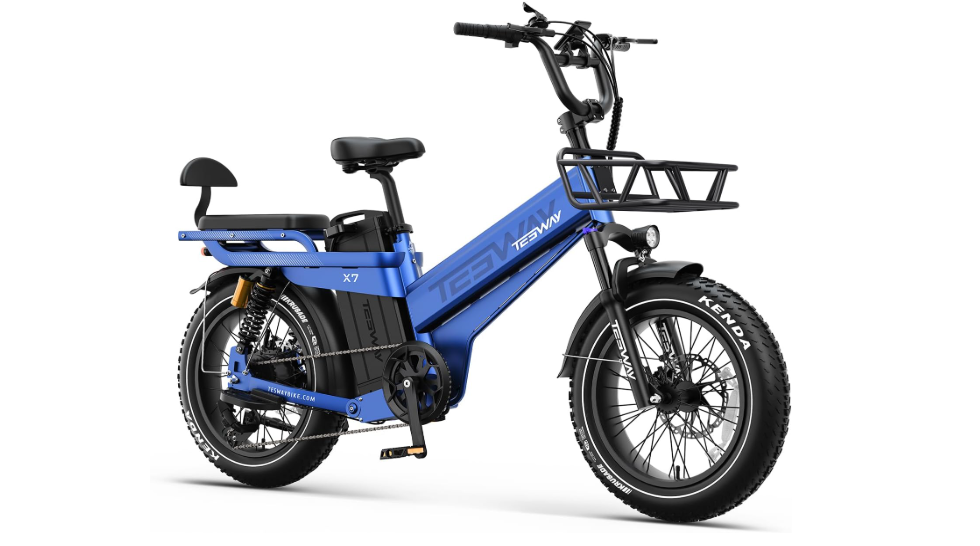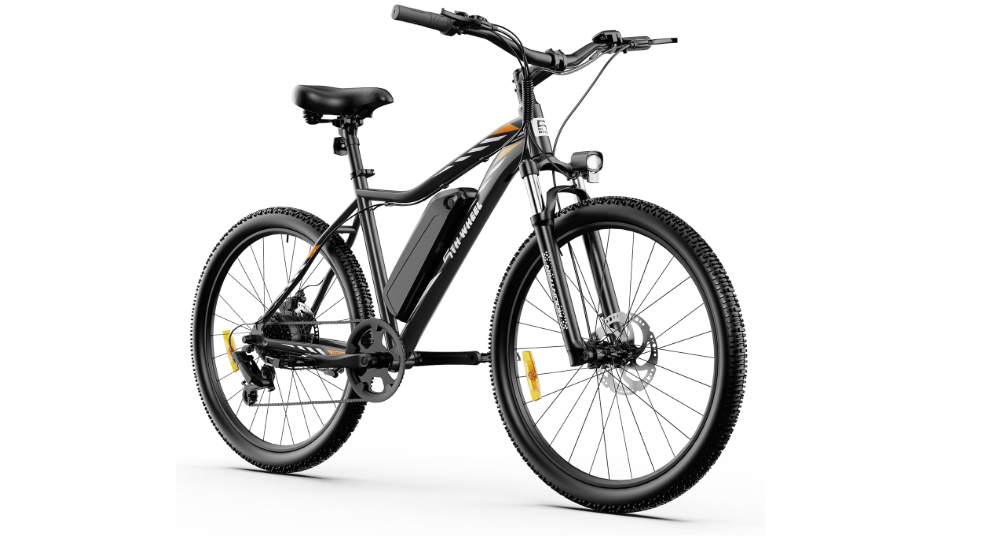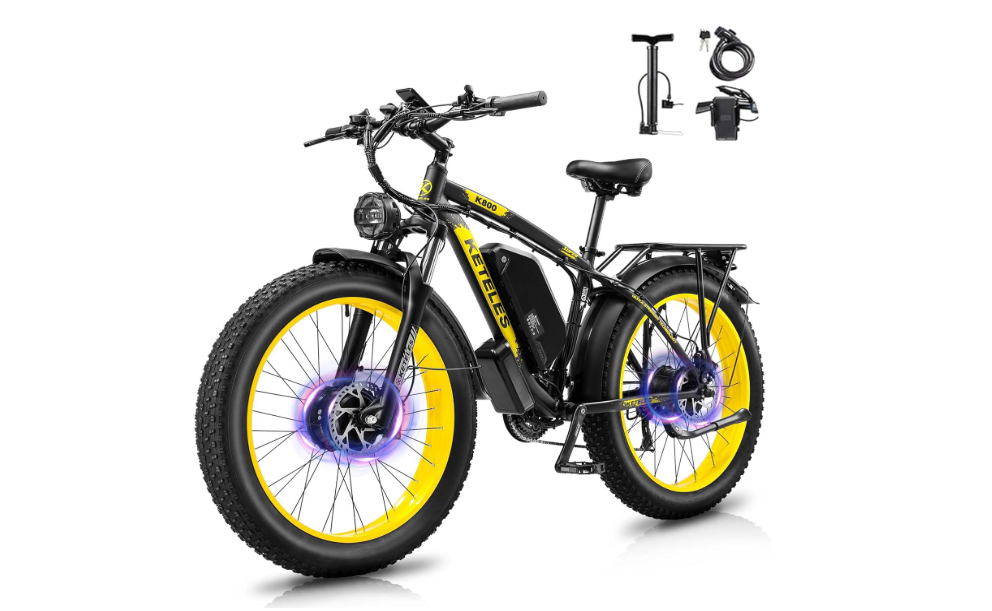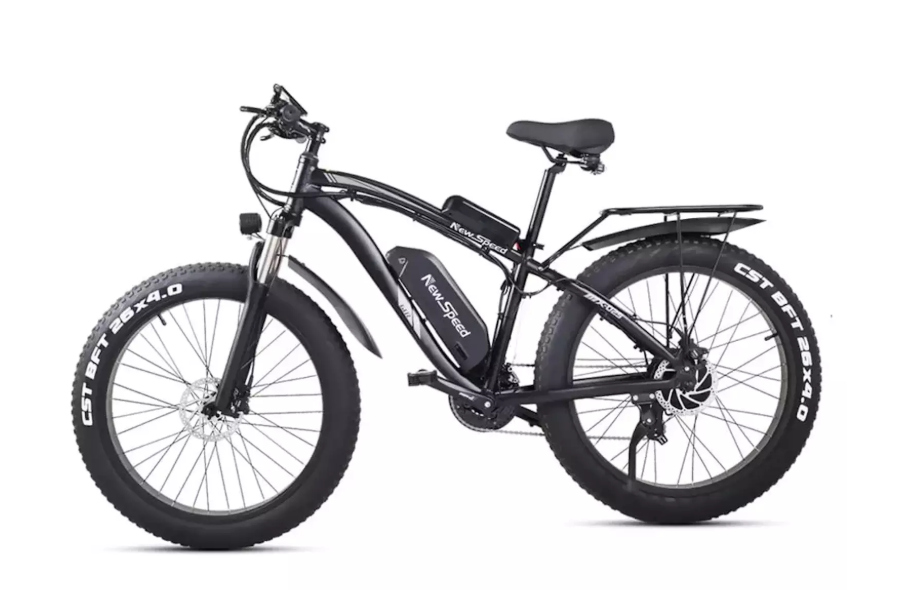The electric bicycle market in India is on the brink of a major transformation in 2025. With rising fuel prices, increasing traffic congestion.
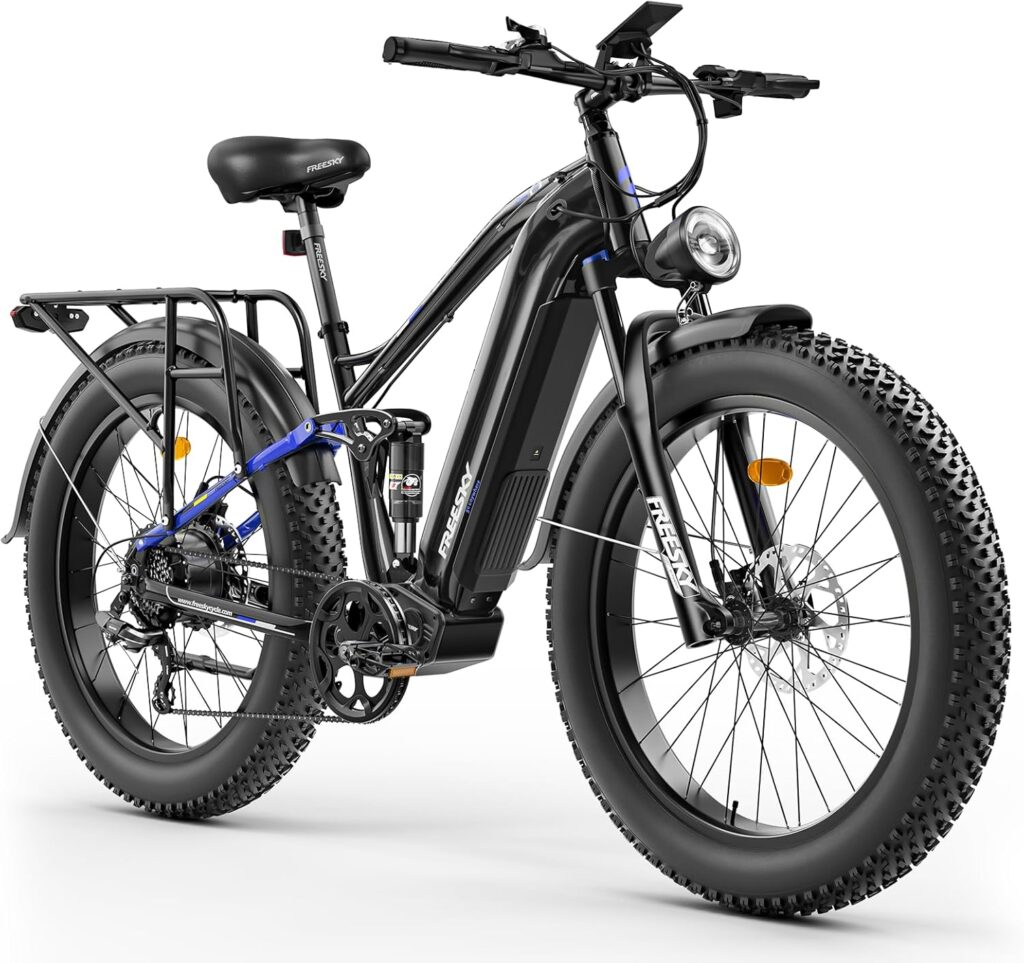
government incentives under FAME II, and growing environmental awareness, commuters are increasingly considering e-bikes as a viable alternative to petrol bikes and public transport.
The upcoming year promises exciting innovations, including longer-range batteries, smart connectivity, lighter frames, and improved safety features.
Buyers can expect more choices that cater to city commuters, delivery services, fitness enthusiasts, and even adventure riders.
Understanding what’s coming in 2025 can help consumers make informed decisions, plan budgets, and anticipate the future of urban mobility in India.
Current Trends Shaping Upcoming E-Bikes
Several technological and market trends are driving the evolution of electric bicycles:
First, battery technology is improving rapidly. Lithium-ion batteries are becoming lighter, more energy-dense, and capable of delivering ranges of 100 km or more per charge in budget-friendly models.
Battery management systems (BMS) are increasingly sophisticated, protecting against overcharging, overheating, and short circuits. Some premium models are expected to introduce swappable batteries, allowing commuters to replace a depleted battery with a fully charged one in minutes.
Third, manufacturers are focusing on weight reduction and portability. Folding frames, lightweight alloys, and compact design will make e-bikes easier to store, carry, and maneuver in crowded urban spaces.
Finally, price competitiveness remains a major factor. With government subsidies and growing competition among Indian and imported brands, more affordable options with enhanced range and features are expected.
Budget e-bikes under ₹50,000 will still cater to students and first-time buyers, while mid-range models (₹50,000–₹90,000) will offer premium features like dual batteries, hydraulic brakes, and smart connectivity.
Upcoming Electric Bicycle Models to Watch
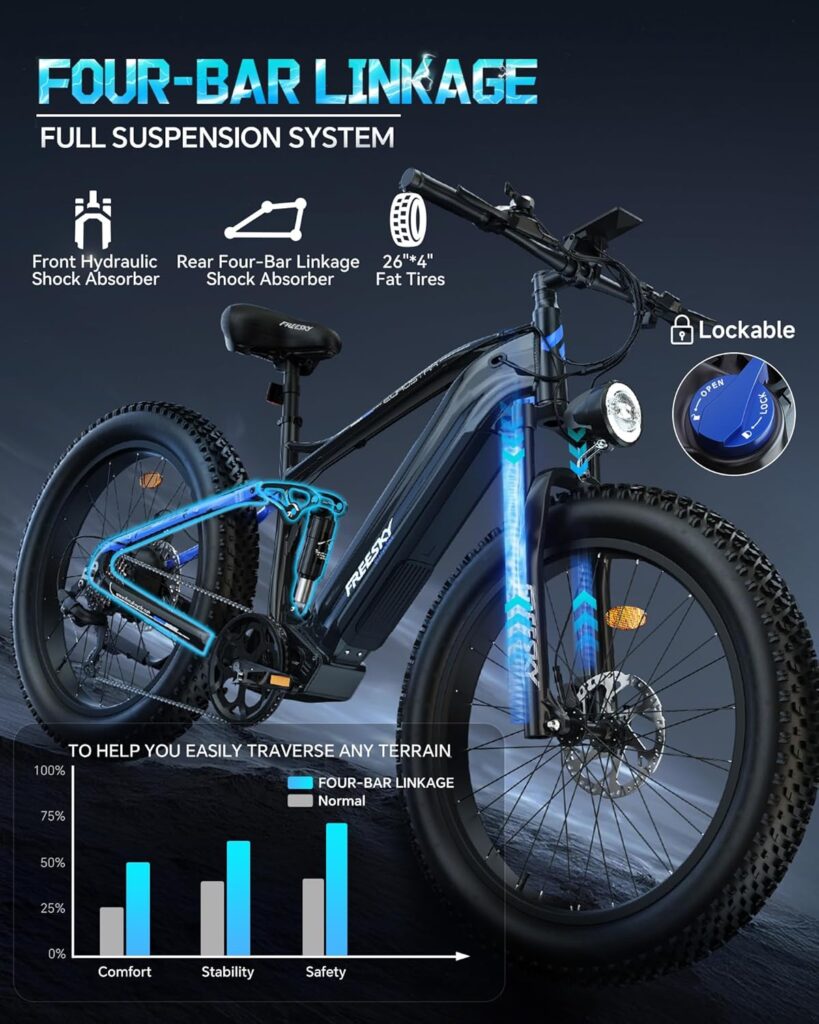
While official launches are always subject to change, several anticipated models in India in 2025 have generated buzz among enthusiasts and commuters alike:
Hero Lectro NextGen Series is expected to build on the success of the current Lectro lineup. With improved battery life, lightweight frames, and smartphone connectivity, the NextGen series will likely appeal to urban commuters looking for reliability and affordability.
EMotorad X-Series is another anticipated line that focuses on long-range commuting. With dual batteries, compact design, and enhanced suspension, these bikes promise ranges exceeding 80–100 km per charge, making them suitable for delivery personnel and long-distance city riders.
Nexzu Roadranger 2025 is predicted to be a premium urban commuter e-bike with a focus on smart features, including GPS tracking, mobile app integration, and anti-theft alerts. Dual battery options will cater to riders who need extended daily range.
What to Expect in Battery Technology
Battery advancements will define much of the 2025 e-bike experience. Expect higher energy density batteries that offer longer ranges without increasing weight. Swappable battery systems are becoming a reality, which is ideal for urban commuters who may not have access to home charging.
Furthermore, premium models are exploring lithium iron phosphate (LiFePO4) batteries, which offer longer cycle life, better thermal stability, and environmental friendliness. These batteries may initially be limited to high-end models, but as costs decline, they could appear in mid-range bikes as well.
Smart Features and Connectivity
Upcoming e-bikes in 2025 are expected to go beyond transportation and become connected devices. Riders can anticipate features such as:
- Smartphone integration for ride tracking, battery monitoring, and route planning.
- Anti-theft GPS alerts and geofencing.
- Regenerative braking data for energy efficiency.
- Notifications for battery health and maintenance reminders.
These smart features not only improve convenience but also enhance safety, efficiency, and long-term battery care. Brands targeting urban professionals and tech-savvy riders will likely highlight these as key differentiators.
Design and Portability Enhancements
Lightweight frames and foldable designs are expected to become more mainstream in 2025. Aluminum alloy frames, reinforced composite materials, and compact folding mechanisms will make commuting e-bikes easier to store in apartments, offices, and public transport.
Ergonomics will also improve, with adjustable seat heights, suspension systems optimized for pothole-heavy city roads, and improved braking performance. Fat tires may become optional on some models, offering a balance between comfort and speed.
Aesthetics will play a role too. Sleeker frames, integrated lights, and color customization will appeal to urban riders who value style alongside functionality.
Price Expectations and Affordability
The 2025 e-bike market will continue to offer tiered pricing to cater to diverse buyers. Budget models, priced around ₹40,000–₹50,000, will focus on reliable range, low maintenance, and basic connectivity.
Mid-range e-bikes, ranging from ₹50,000–₹90,000, will feature dual batteries, longer ranges, foldable designs, and smart features. Premium e-bikes above ₹1 lakh may integrate advanced BMS, regenerative braking, and smartphone apps for a fully connected riding experience.
What Riders Should Expect
Commuters in 2025 can expect e-bikes to offer:
- Ranges of 60–100 km on a single charge, sufficient for most city commutes.
- Faster charging, with 80% capacity achievable in under 3 hours for premium models.
- Swappable battery options for uninterrupted rides.
- Improved safety and stability, including hydraulic brakes, better suspension, and anti-theft measures.
- Smart connectivity, allowing ride tracking, battery monitoring, and mobile app integration.
For budget-conscious riders, these improvements mean more reliability, longer lifespan, and better return on investment. For tech-savvy commuters, the integration of IoT features and mobile apps adds convenience and security.
Environmental Impact
Electric bicycles remain a green alternative to petrol bikes. Upcoming models in 2025 will likely focus on eco-friendly batteries, recyclable materials, and energy-efficient components. By switching to electric, riders can reduce carbon emissions, noise pollution, and dependence on fossil fuels.
Swappable and long-lasting batteries will further minimize waste and reduce the environmental footprint of urban commuting. Brands are expected to educate consumers about battery recycling programs and safe disposal practices, creating a more sustainable ecosystem.
FAQs
1. What is the expected price range for upcoming e-bikes in 2025?
Budget models: ₹40,000–₹50,000; mid-range: ₹50,000–₹90,000; premium: ₹1 lakh+. Subsidies and EMI plans reduce effective cost.
2. How long will upcoming e-bike batteries last?
Modern lithium-ion batteries last 3–5 years with proper care, while premium LiFePO4 batteries can last up to 7 years.
3. Will there be foldable and portable options?
Yes, foldable and lightweight e-bikes will become more mainstream, making storage and portability easier for urban commuters.
4. Are smart features common in upcoming e-bikes?
Yes. Expect smartphone integration, GPS tracking, anti-theft alerts, battery monitoring, and maintenance notifications in mid-range and premium models.
5. How far can 2025 e-bikes travel on a single charge?
Ranges of 60–100 km are expected depending on battery capacity and riding conditions. Dual-battery models may exceed 100 km.
Conclusion
The electric bicycle landscape in 2025 promises longer ranges, smarter connectivity, lighter frames, and enhanced safety features. Budget-conscious buyers can expect affordable, reliable options, while tech-savvy commuters will enjoy premium features that integrate seamlessly into their daily lives.
For anyone considering switching to electric or upgrading their current model, 2025 promises a range of options that combine affordability, performance, and smart features, ensuring that urban commuting becomes cleaner, smarter, and more enjoyable.
Electric bicycles in 2025 are not just a mode of transport—they are a glimpse into the future of sustainable, connected urban mobility in India.
